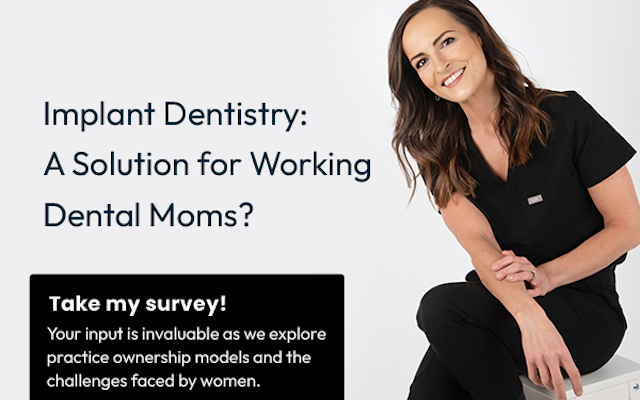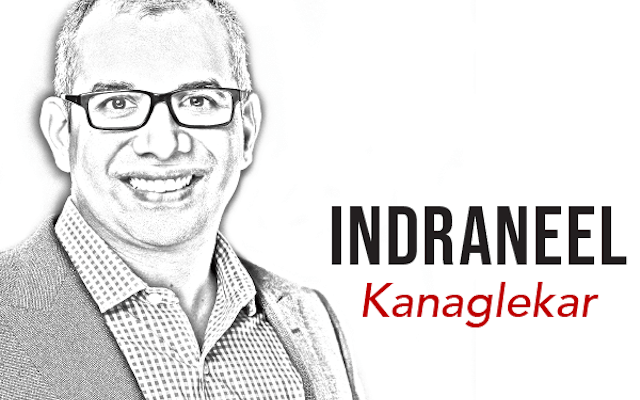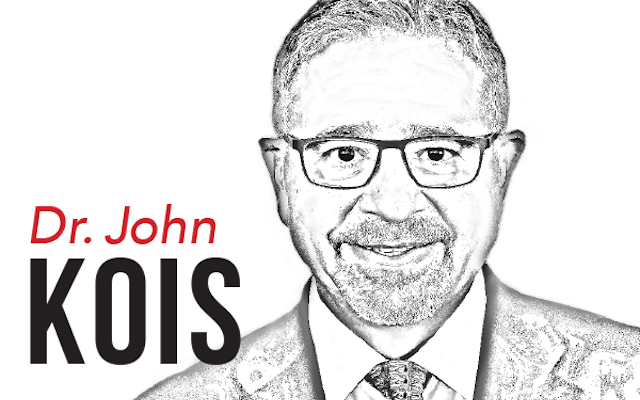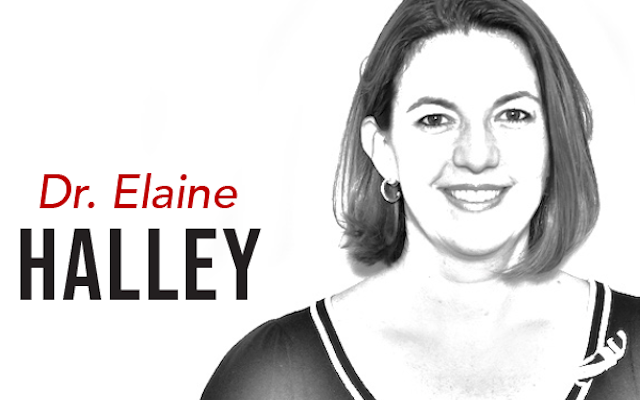When Dr. Istvan Urban was first introduced to bone grafting as a young dentist, he knew it was the perfect focus for his career. The more he read the literature, the more he fell in love with the science behind it. He was taken with the meticulous nature of the surgery, but most importantly, knew he’d be offering a service that would truly improve his patients’ lives.
That passion led him to found the Urban Regeneration Institute in Budapest, where he teaches the techniques he’s learned over the years to dentists from around the world.
“For me, my interest in this area has not gone down a bit over the last 20 years,” Dr. Urban said. “Bone grafting and regeneration are constantly changing and improving. I do a lot of research and learn little things to make improvements clinically. So, if you took a course one year ago and then took it again today, it would be different. Every day is exciting. It’s definitely going uphill.”
A Closer Look At The Urban Regeneration Institute
Dr. Urban’s center is focused on bone grafting and soft tissue regeneration, with the biggest course offered known as the 9-Day Regenerator Program. The three-session program covers “regeneration from A to Z,” Dr. Urban said. During the course, clinicians share their cases and concerns with Dr. Urban and each other, developing their skills over a period of five to six months. The comprehensive program includes all the techniques Dr. Urban teaches, giving clinicians the confidence and skills they need to be successful.
The center also offers a three-day advanced course on tissue regeneration and two-day courses on soft tissue and sinus augmentation. All courses are taught in English with CE credits available through a center partner. Up to 30 clinicians can attend a course, with registration typically required at least a year in advance to ensure a spot.
Both GPs and specialists attend the courses, and Dr. Urban recommends students of all skill levels to start with the Regenerator Program because it offers a high-level overview of regeneration. Many clinicians, however, opt to begin with a two- or three-day program, then come back a year later to take Regenerator because they’re hungry for more.
Students range from specialists with decades of experience to surgically skilled GPs to clinicians who have never done surgery before, Dr. Urban said. Dentists leave with new skills such as the ability to complete soft tissue reconstruction after bone grafting and the know-how to complete vertical augmentation in different areas of the mouth.
No matter their experience level or where they come from, all attendees enjoy discovering Budapest during their free time.
“Budapest is one of the top spots to visit in Europe today. It’s a beautiful, walkable city with the Danube River, a castle along the river and beautiful buildings,” Dr. Urban said. “The people who come here to take the course often say they expected Budapest to be nice, but they didn’t expect it to be this nice. It’s always a positive surprise. They want to come back to take the course but also to visit Budapest.”
The Sausage Technique
Dr. Urban is known for his surgical “sausage technique,” which he has been performing since 2004.
“I consider this procedure to be the least invasive while providing perfect bone quality,” he said. “You don’t have to take big bone blocks and bone plates. You can use a scraper to scrape some bone and mix it with graft materials. The risk of surgery is much less for the patient and because of the collagen membrane, the soft tissue heals better than with other techniques.”
The sausage technique can be used for ridge augmentation, whether it’s for a single defect or a completely edentulous patient, Dr. Urban said. After the bone graft is complete, a stretchy collagen membrane is applied. The stretched membrane stabilizes the bone graft, resulting in what Dr. Urban describes as a straightforward procedure that provides “amazing results.”
Dr. Urban successfully uses this technique in the narrow ridge in the posterior mandible, the narrow ridge in the anterior maxilla and the posterior maxilla. Because the bone graft is stabilized with the stretchy collagen membrane, high-quality bone forms rapidly. Blood vessels grow through the membrane in about two weeks, leading to better vascularization. Students have the opportunity to learn this technique during his courses.
The Rise Of Periimplantitis
Clinicians are seeing an increase in periimplantitis cases, and that’s largely because of how implants are placed, Dr. Urban said. Often, clinicians use narrow bone that should have been augmented, and as a result the bone resorbs, the surface eventually becomes exposed, bacteria attaches and periimplantitis begins. Patients not cleaning their implants properly also plays a role in this condition developing.
Dr. Urban teaches students how to diagnose and treat various defects, including periimplantitis, through the Regenerator course.
“Many dentists are facing this issue at home and it’s not so easy to treat because of the quality of the soft tissue and the disease around it,” he said. “How do you get that tissue ready for bone grafting, what type of bone graft do you use and how do you do it?”
The sausage technique is actually perfect for regenerating with defects like periimplantitis, Dr. Urban said. The membrane is tissue friendly and perfectly stabilizes the bone graft to regenerate around the diseased implant. And it’s the only membrane that can be used in open and closed healing.
Students also learn how to prevent this issue in Dr. Urban’s courses. For example, when patients have moderately thin bone, sometimes it’s better to augment to get more bone around the implant. Soft tissue reconstruction is another technique that can prevent issues, sealing the tissue and making it easier for patients to clean the implant. These techniques give patients better, wider bone and healthier soft tissue, leading to improved results and fewer problems like periimplantitis down the road.
Ceramic Implants
Nearly 15 years ago, Dr. Urban worked with a company to develop ceramic implants and even placed a few. While he’s not sure about how these types of implants will be used in the future, he did note the ones he placed more than 10 years ago are still in the mouth.
Ceramic implants offer a few advantages, including the color and good tissue adaptation.
“I think we’re going to have to learn more about them, but they’ll definitely be used if they’re proven to work,” he said. “More need to be placed, but it seems the main advantages are the color and tissue connection.”
Learning From The Best
Dr. Urban has had many mentors to guide him over the years, including Dr. Sascha Jovanovic, who taught him how to use membranes for the guided bone regeneration technique, and Dr. Jaime Lozada, who shared his knowledge on sinus grafting and ridge augmentation.
Professor Massimo Simion, known as dentistry’s “father of bone regeneration,” is another notable mentor. Dr. Simion has had a significant impact on Dr. Urban’s career and teachings in bone regeneration and is an “excellent surgeon and researcher and a very honest clinician who shares his experiences.”
While Dr. Urban never had the chance to meet Professor Per-Ingvar Brånemark, he also influenced his teachings and research. Dr. Urban is a past recipient of the PI Brånemark Lifetime Achievement Award.
“He changed dentistry. I would not be sitting in this chair doing the work I do if he did not make his discoveries,” Dr. Urban said. “Long-term investigations are very important to me, and he was the first one to really establish that type of research.”
Life Outside Dentistry
Beyond dentistry, Dr. Urban has a few other loves, namely Japanese cuisine and kayaking.
After tasting sushi for the first time in the 1990s, Dr. Urban was hooked. He’s traveled to Japan with his family over the years and has a few favorite restaurants he always visits when in certain cities. There are also spots he frequents near his home in Budapest—including one very close to his clinic.
Dr. Urban’s love for kayaking goes back a little further to when he was 11 years old. His school’s coach was looking for a few students to give the sport a try, so he did—and it’s been an important part of his life ever since.
Today, he trains five or six days a week and competes three or four times a year. He describes his time on the water as the “best regeneration for his brain and his body.” He loves being surrounded by nature while out on the river, and the feeling of being on a big adventure.
“I tried many other sports and always quit after a week,” Dr. Urban said. “When I went kayaking for the first time I was like ‘OK, that’s it.’ Bone grafting was like that too. I liked different aspects of dentistry, but when I started with bone grafting that was it. I thought, ‘that’s perfect, that’s what I love.’”
Learn more about Dr. Urban’s center and his courses at implant.hu.
 By:
By: 


